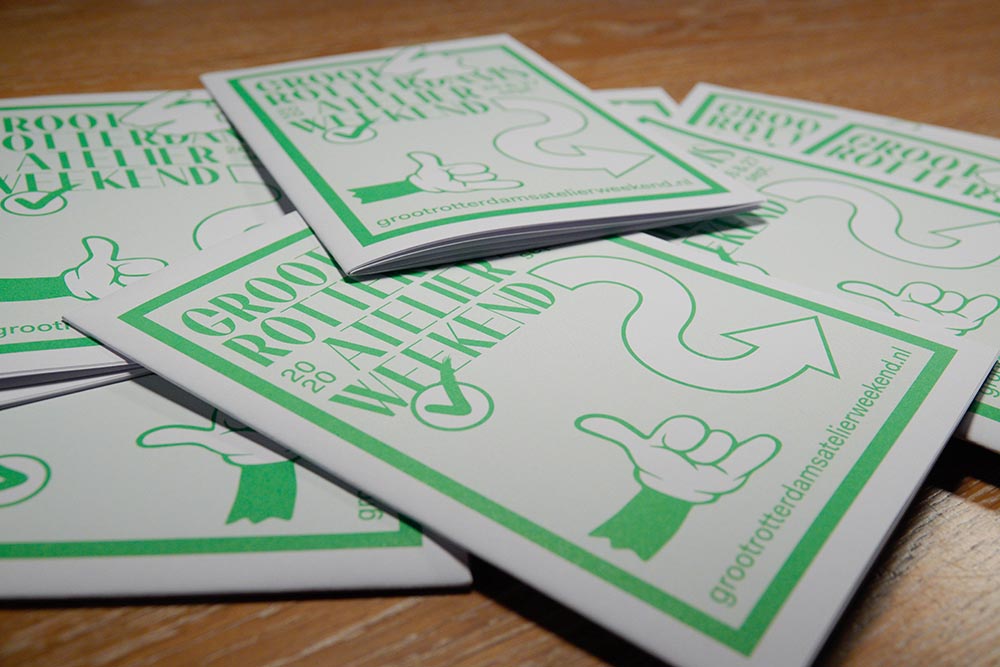First Open Studio Weekend Rotterdam:An interview with the organiser Piet de Jonge. 
We talked to Piet de Jonge, the organizer of the first Groot Rotterdams Atelier Weekend (Open Studio Weekend Rotterdam). Having studied History of Art and Philosophy at the University of Groningen, he began his career in 1981 as a curator at Van Abbemuseum and was chief curator at the Museum Boijmans van Beuningen and the Kröller-Müller Museum until 2005. He was the director of the bi-annual art festival Charlois Speciaal in 2016 and 2018 and guest curator of Route Du Nord in 2017. Currently, he is working on KAPELLENBAAN.
The role of the curator is continuously in development. According to you, what does it mean to be a curator today?
I think curating is an underrated profession. A well-curated exhibition takes the visitor along the path of artworks and their meaning, history and beauty. The sequence of presented works is really important. One may understand an object more clearly because of what was shown earlier on. The selection of the works and the order in which they are exhibited is crucial. A football team needs the right manager to keep winning, and an orchestra will move listeners because of a brilliant conductor. The manager and the conductor do not play themselves: they let others play in a way they could not play on their own.
How would you describe your approach to curating? Is collaboration an essential skill for curators?I used to work in a museum and have curated several solo exhibitions. I have also curated a lot of exhibitions with works from the museums’ own collection. In those days, the artist or the collection was the starting point. You would curate a great exhibition and trust that visitors would come and like what they saw. In fact, the curatorial staff was not very interested in the profile of the visitors, which was one of the reasons I stopped working for a museum. I had gotten tired of this institutional approach. I started working in a communal garden in Rotterdam and discovered that there was little difference between choosing paintings and choosing plants. The difference came with the visitors, in this case, the fellow gardeners. I learned the importance of working with others and listening to their wishes and ideas. This had an enormous impact on my approach to curating. When I became the director of Charlois Speciaal I wanted to know more about the artists and the other people living in Charlois. I wanted them to connect through art projects. The festival taught me a lot about the social situation in that area. It showed how many artists there are and how talented they are. It also showed that people who do not usually go to museums will appreciate artworks they can relate to and that are made by artists who live in the same street as they do.
The Groot Rotterdams Atelier Weekend is a tremendous collaboration with a great many artists in this town. It is great fun to organize it and I am so lucky Carly Rutten agreed to come and help me out.
How do you experience curating in museums as opposed to small art spaces? How did you end up working on large-scale art events?I was probably spoiled from the start. I began as a curator at the Van Abbemuseum and have worked with some pretty famous artists: Armando, Per Kirkeby, Hermann Nitsch, Alighiero Boetti, Antoni Tapiès, James Lee Byars and Nicola de Maria. It was great fun to work with them and to discuss their work. This continued at Boijmans and Kröller-Müller. In a small art space, the practice does not have to be different. Although there is a smaller budget and the artist may be less well-known, the artwork has to be presented in the best way possible.
I am attracted to large-scale projects. It takes a lot of time and energy to make an exhibition or organize a project. I do not want to spoil all these efforts and I want a lot of people to enjoy them.
What is the key to success when communicating with the public? How important is professional dialogue?It is very difficult to understand who your audience is. When I curated an exhibition of the collection of the Museum Boijmans Van Beuningen in 2001 at the Museu Serralves in Porto, I made a very personal choice concerning the four strongpoints of the collection: prints and drawings, applied arts, old masters, and modern art. The communal theme was nature and the title of the exhibition was In the Rough, a work by Lawrence Weiner. I juxtaposed works from different times and different media. It worked well: there were over 100,000 visitors. I have no idea what the key to success is. Is there a dialogue? I am afraid all museum exhibitions are one-way streets.Can you tell us about a curatorial project that is especially important to you and why? What do you consider to be your most significant project?My most important and significant project is my latest project and as I’m working on two projects simultaneously, I should name them both: the Groot Rotterdams Atelier Weekend and Kapellenbaan. The latter is a project in the area near Boxmeer, in the northeastern part of Brabant. It is at the crossroads of Gelderland, Limburg and Brabant. A friend of mine moved there with his family. He asked me to come up with an idea to uplift the area culturally. I suggested inviting artists to build small pavilions similar to the field chapels one finds there; a small place to contemplate, a retreat for the human of today, not necessarily religious but providing spiritual solace nevertheless. It took us four years. Next month, the first two will be open to the public: Atelier van Lieshout in Gennep and Maria Roosen in St. Agatha.
You have been living in Rotterdam for a long time. Has the Rotterdam art scene changed? How do you describe it now? What is special for you in it?
I moved to Rotterdam in 1989. Wim Crouwel, the director of Museum Boijmans Van Beuningen at the time, was the best museum director one could imagine. He encouraged all curators to come up with ideas and plans. The nineties were very lively. We had major shows of Robert Gober, Martin Kippenberger, Gerhard Richter, David Hockney and Matthew Barney. We invited guest curators, which allowed me to work with Peter Greenaway, Robert Wilson and Hans Haacke. All these exhibitions must have affected the Rotterdam art scene. It was the time when artist initiatives like Kunst & Complex, Foundation B.a.d, Kaus Australis and Duende were very active. It was fun to go and visit the artists, their studios and their parties.
When I think of the Rotterdam art scene, I think of all the new studios and galleries that have emerged. I like that a lot. I’m not so thrilled that Boijmans decided to close down completely, although I am very curious to experience the new depot.
The first Groot Rotterdams Atelier Weekend is coming up on 26/27 September, involving 40 studio complexes and over 300 artists. Can you tell us a bit more about it? Where did the idea come from? What would you like to achieve? Why do you recommend it and to whom?
Stichting Droom en Daad supports this event. Once I confirmed the availability of sufficient funds, I wrote to different studio complexes and artists’ initiatives to gauge whether they were interested in participating. I had already checked with three artists' initiatives beforehand, and they all liked the idea. Artists are having a particularly difficult time right now. Because of COVID-19, a lot of exhibitions have been postponed or cancelled. This studio weekend gives them a chance to show their work within relatively safe conditions. I hope it is going to be a massive event with a lot of visitors, art lovers, and potential buyers. We have invited Anne-Marie Ros to organize six different tours during the weekend. I am so happy she has found excellent tour guides; they will do three 'Corona proof' tours each day for a very small group. Because the studios are evenly spread over the town, social distancing can be respected. The variety and quality of the participating artists are enormous; I am sure those who will come and visit some studios will be in for a pleasant surprise.
16 September, 2020
Groot Rotterdams Atelier Weekend
26&27 September, 2020
11.00 - 17.00
40 studio complexes - more than 300 artists
Free guided tours: 11.30, 13.30 and 15.30.
(Register on-site at the starting locations at least 15 min prior to start. Maximum 4 people per tour, on your own bike.)
The tours will be in Dutch.
More info on the website.











